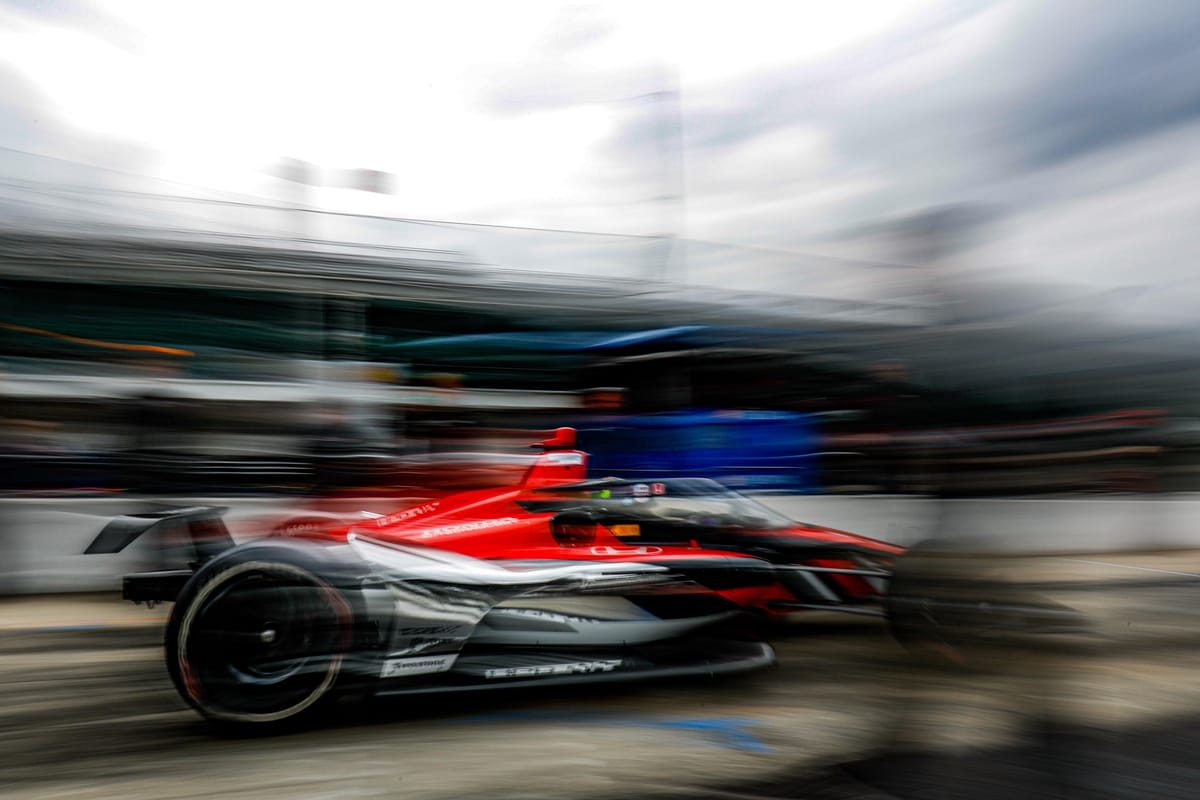P1racenews AI automatic summary:
IndyCar’s latest hybrid power delay is hardly good for its image – and its revised plan to introduce it in the second half of 2024 is head-scratching too. Jack Benyon says the series should either go full-in from 2025 or cut its losses now while it still can
IndyCar has faced multiple delays in implementing its hybrid engine plans, raising concerns about the future of the series. The first delay pushed back the introduction of a new naturally aspirated engine with hybrid technology from 2021 to 2022. The pandemic further delayed this timeline to 2023. The third delay resulted in the abandonment of the 2.4-liter engine element, as manufacturers did not have sufficient time to develop it alongside the hybrid unit. The latest delay, announced recently, has been attributed to issues in tests, finalizing the hybrid unit specifications, and producing an adequate number of units. This decision was likely necessary to avoid embarrassing failures and parts shortages at the start of the 2024 season. While the hybrid technology is impressive, IndyCar has not effectively promoted its technical innovation. The series needs to consider whether it should prioritize entertainment over technical advancements. Moreover, integrating the hybrid system into an outdated chassis and engine raises questions about the series’ commitment to modernization. Simplifying things and reducing costs could be a viable alternative.
